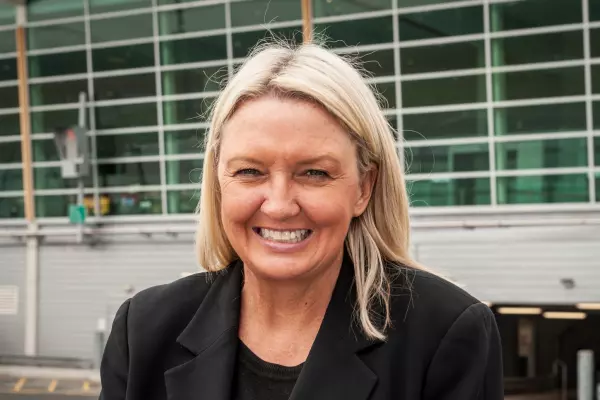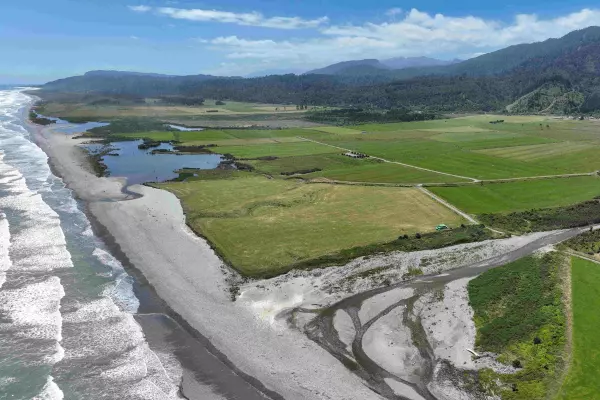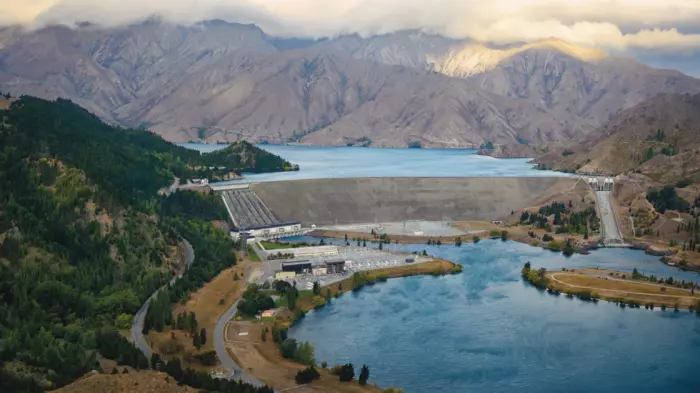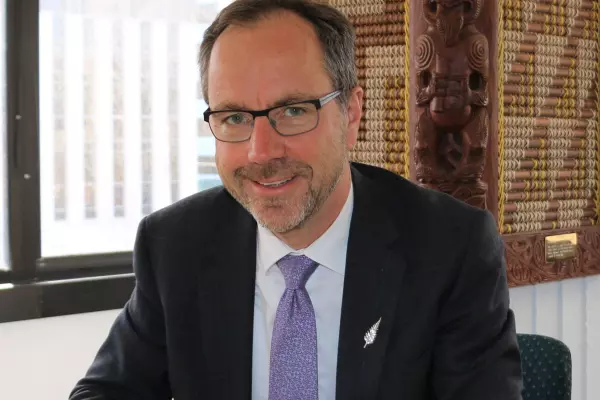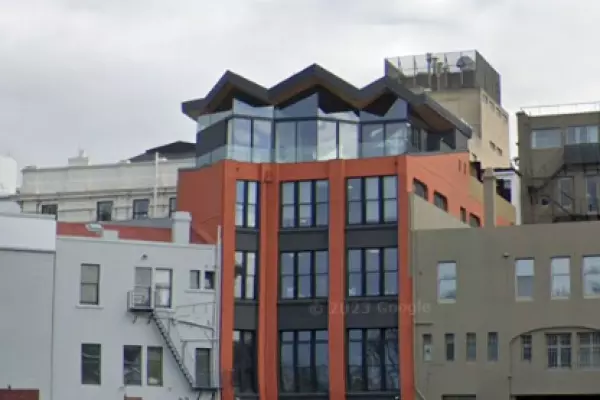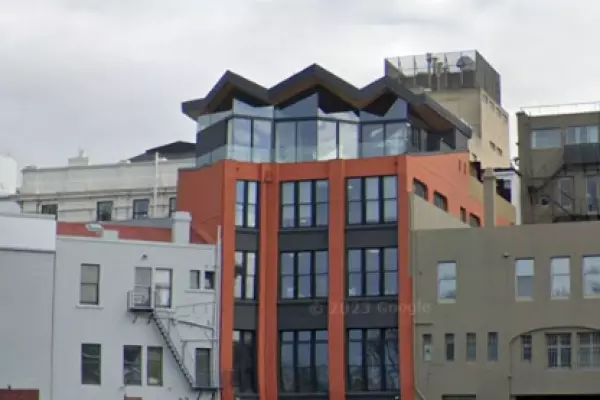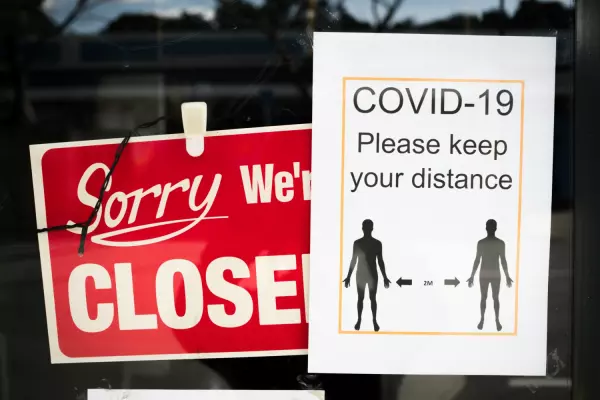An end to the use of MIQ facilities for vaccinated international arrivals looks to be on the cards once the omicron variant of the coronavirus arrives in the New Zealand community.
Covid-19 response minister Chris Hipkins also indicated at a media conference in New Plymouth ahead of the first cabinet meeting of the year that the government is still mulling whether to try and allow a fast-peaking omicron outbreak to occur or to ‘flatten the curve’ by slowing its entry.
“It’s still early days. We’re still watching the international evidence on that,” he said, and didn’t want to get ahead of that.
Also on the agenda for discussion “in the next few days” was whether to effectively allow omicron to become established in the community at a time that was judged to be least likely disruptive to the health system.
Conventional wisdom suggests a covid outbreak during the summer or early autumn would be preferable to an outbreak that peaked during the winter flu season, but Hipkins would not be drawn on that question today.
“I wouldn’t pre-empt that. I’m not going to announce that today,” Hipkins said.
Asked whether it would prove impossible for any part of the country to move to ‘green’ under the traffic light settings if omicron was in the community, Hipkins said: “That’s a conversation we’ll be having at cabinet.”
'Operational matter'
He was speaking after a surprise announcement, issued on social media by the Ministry of Business, Innovation and Employment (MBIE) on Tuesday night, suspending the Jan 20 ballot for spaces in managed isolation and quarantine hotels.
That led to widespread reports that the border had been ‘closed’ without fanfare in the same week as the government indicated it would review whether to lower domestic ‘traffic light’ settings and the intention to begin a phased reopening of the border at the end of February.
Traffic light setting decisions are expected tomorrow, but decisions on the border reopening appear likely to take longer, with Hipkins saying the government was working “as quickly as possible” to reach decisions.
Hipkins described the decision as a “relatively operational matter” and pushed back at questions that the announcement from MBIE had been, as one journalist put, a “massive stuff-up”.
The suspension was based on the fact that 40-to-50 people a day arriving in NZ were being found to be infected with the omicron variant, up from two or three a day with previous variants, leading to the need to convert more MIQ rooms to quarantine rooms.
That was making the MIQ facilities “very full”, said Hipkins.
“And we’ve still got decisions to make about whether there will be any change to the end of February dates and so, releasing rooms for March and April, and that’s what we’re talking about here … we’ve just put a pause on that for a period of time.”
Self-isolation
People want to know they can book, but they want to know whether they need to book as well or could come into the country and self-isolate rather than going into a MIQ facility, he said.
Self-isolation is the approach NZ is moving to, he confirmed.
Hipkins conceded the government’s stated desire to give people certainty about the path ahead with covid-19 was difficult to achieve, given how circumstances relating to the virus continue to change.
“Everything can change, but those are still the dates,” he said, referring to the end of February timetable for phased border reopening.
There had been “a lot of work” done over the Christmas break about how to deal with omicron when it arrived in the NZ community.
The first community cases were detected this week.
The government had been working with some of the country’s largest employers on how to minimise business disruption in planning that had been occurring since Christmas.
Even after the self-isolation system was in place, Hipkins said there would continue to be a purpose for at least some MIQ facilities to manage unvaccinated people and those who could not self-isolate, among other reasons.





